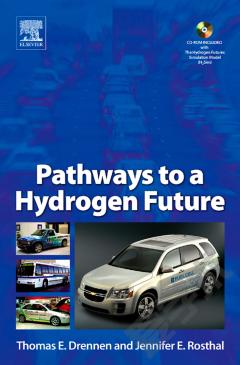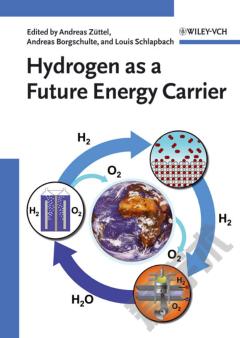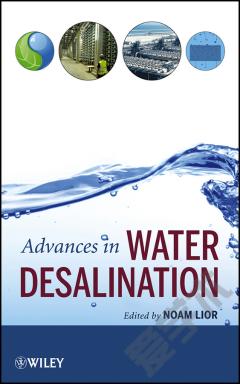Pathways to a Hydrogen Future
Hydrogen may someday fuel our cars and power and heat our homes and businesses and revolutionize the way we use energy. Moving to a hydrogen economy could help reduce our reliance on foreign oil, improve local air quality, and reduce the risk of climate change. Despite the potential of hydrogen, there is no guarantee that the hydrogen economy will happen as the obstacles are considerable and the competing visions are many. Pathways to a Hydrogen Future seeks to untangle the competing visions of a hydrogen economy, explain the trade-offs and obstacles and offer recommendations for a path forward. The results are based on a detailed simulation model developed at Sandia National Laboratories: "The Hydrogen Futures Simulation Model (H2Sim)". The H2Sim is a high-level strategic tool for evaluating the economic and environmental trade-offs of alternative hydrogen production, storage, transport, and end use options in the year 2020. An executive version of H2Sim is included with the book allowing readers to explore the various scenarios discussed. H2Sim ease of use and its ability to provide answers to these types of questions make it a powerful educational and policy making tool. The model's structure is ideal for exploring "what-if" questions, such as: Can fuel cell vehicles (FCVs) compete economically with current cars if the FCVs are 2.5 times as efficient? Should the hydrogen be produced at fueling stations or at central locations and transported to fueling stations?* Includes an executive version of H2Sim allowing readers to explore the various scenarios discussed * H2Sim's ease of use and ability to provide answers makes it a powerful educational and policy making tool * The model's structure is ideal for exploring "what-if" questions, such as: Can fuel cell vehicles (FCVs) compete economically with current cars if the FCVs are 2.5 times as efficient? Should the hydrogen be produced at fueling stations or at central locations and transported to fueling stations?
{{comment.content}}








 京公网安备 11010802027623号
京公网安备 11010802027623号